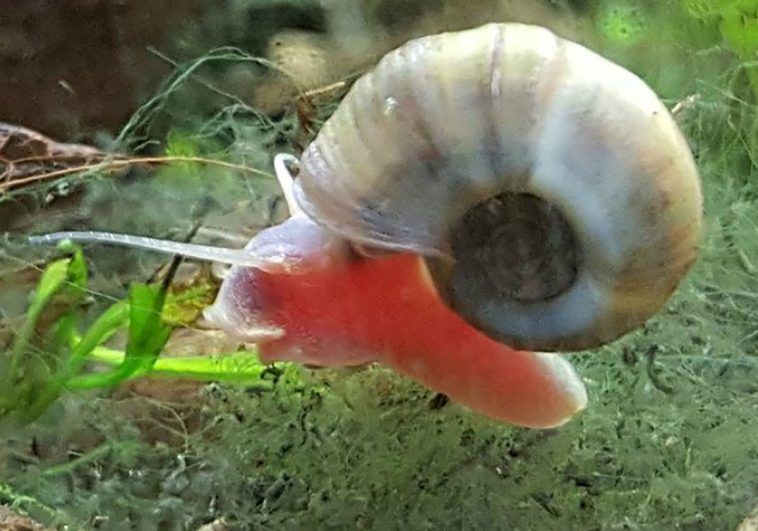
Freshwater snails cause more than 200,000 deaths on an annual basis — more than any predatory mammal.
Freshwater snails are found in a wide variety of habitats, ranging from small pools to large lakes. These gastropod mollusks feed on algae, detritus, and suspended matter found in the water.
They are parasitic animals responsible for the transmission of schistosomiasis, which has been reported in 78 countries. Freshwater snails release the larval form of the parasite into the water, which then penetrates the skin of those who come into contact with the water.
The larvae are flukes which infiltrate the bloodstream and develop into adult schistosomes. Some parasites become trapped in body tissues, resulting in immune reactions and eventual degradation of the organs.
The disease is primarily found in Asia, Africa and South America. Because of the severity of the condition, freshwater snails are recognized as one of the planet’s deadliest animals.
Disease ecologist Suzanne Sokolow explained to Science Friday, “[Schistosomiasis] eggs can lodge in different tissues and cause severe symptoms ranging from anemia and fatigue, all the way to various severe symptoms, [and] even death in about 10 percent of chronic cases.”
Symptoms of schistosomiasis begin when the body reacts to the presence of the worms’ eggs. Depending on the type of parasite these can include abdominal pain, diarrhea, and blood in the stool, although the classic sign of infection is blood in the urine.
The drug praziquantel serves as the primary method of treatment, although emphasis is heavily placed on prevention highlighted by increased sanitation protocols in affected areas.
Some researchers are considering a more creative approach to snail control such as introducing a snail’s natural predator into their native habitat in order to decrease the snail population.





